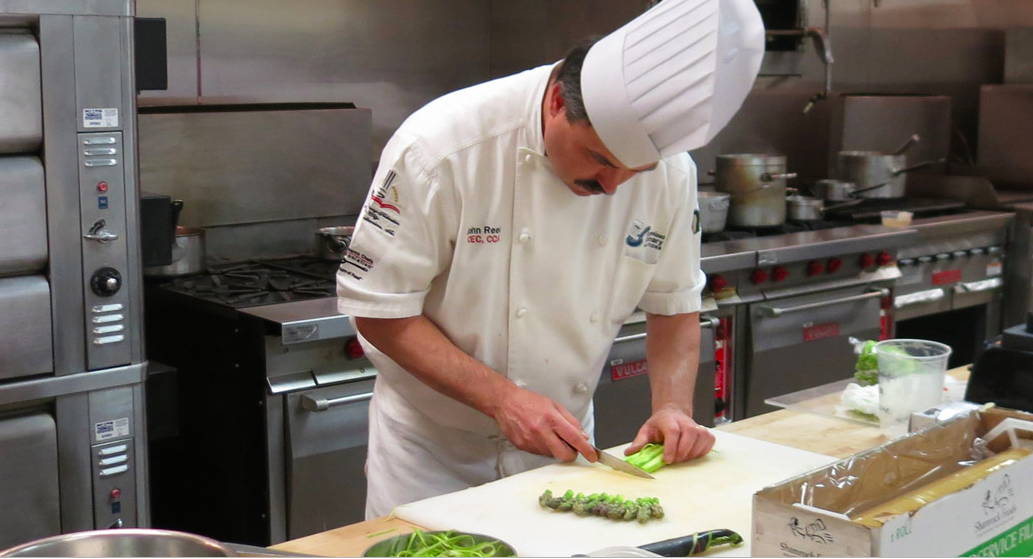Cooking in the world of catering is unique. The menus we write and produce are either based on a single event or cycle different items that change every week. This creates some interesting challenges. Wedding requests, in particular, present their own set of challenges in the menu development process.
A wedding is a union of family and culture. We are often inspired by and challenged by requests for menus and experiences that reflect a culture or distinct family relationship. We get glimpses of family memories and introductions of extended families. Our goal as culinarians is to create dishes that reflect those cultures with honesty, integrity, and respect. Almost every family has a special recipe.
For many years I have been writing requests for clients who ask me to create menus for weddings and special events. These menus have encompassed everything from the boxed meal to an intricate multi-course wine dinner inspired by a region of the world. As a chef and person who is always searching out authentic tastes, I aim to get it right!
This is why I am beyond excited to share my knowledge with you. I’ll be providing you with fundamentals of particular cuisines from around the world. These fundamentals will help you “get the food right,” bring your culinary team together, and explore the globe from your own kitchen.

Chef John Reed
Stay tuned for NEW articles!
In each upcoming food-focused article, we will focus on key concepts, techniques, core flavor profiles, and presentation. For every cuisine I discuss, I’ll be sure to highlight unique traits and explain how they can be expressed in a menu, prepared, and ultimately help create the experience what one would have if they travelled abroad.
Here is a fun example of the kind of information that I will feature in my articles:
Stock fundamentals
Many people across the globe use stocks or moistening agents for soups, braises, pickling, and a host of other processes. As a chef who has been trained and lives in the United States, I understand the fundamentals of slow simmering stocks that are clear, lightly seasoned, and void of fat. Most of the stock we use are protein-based with a high reliance on white poultry (chicken) or brown meat stock (beef or veal). We spend hours skimming, straining, and refining these bases.
In other major cuisines, especially in southeast Asia, China, India and Africa, stock or moistening agents are either dried seafood, based on pork or even water. Yes, water is okay in some cuisines and is often essential in creating the right tastes.
Japanese primary stock, Dashi, has a base that’s primarily made out of Konbu (dried seaweed) and shaved, smoked, and dried bonito tuna (Katusobushi). It’s usually made as needed throughout the day. For other dishes such as the ever-popular ramen, several different bases are made from combinations of clear pork and chicken or cloudy pork stock (Tonkotsu). When it comes to preparing Tonkotsu stock, it’s important to continuously boil and to avoid constant skimming. This is essential in getting the true taste. Other examples are white bone stock in Korean cooking, which also follows these fundamentals.
I look forward to sharing my discoveries and knowledge. Hopefully it will inspire you to experiment with your menu and lead you to delicious food and authentic experiences.



